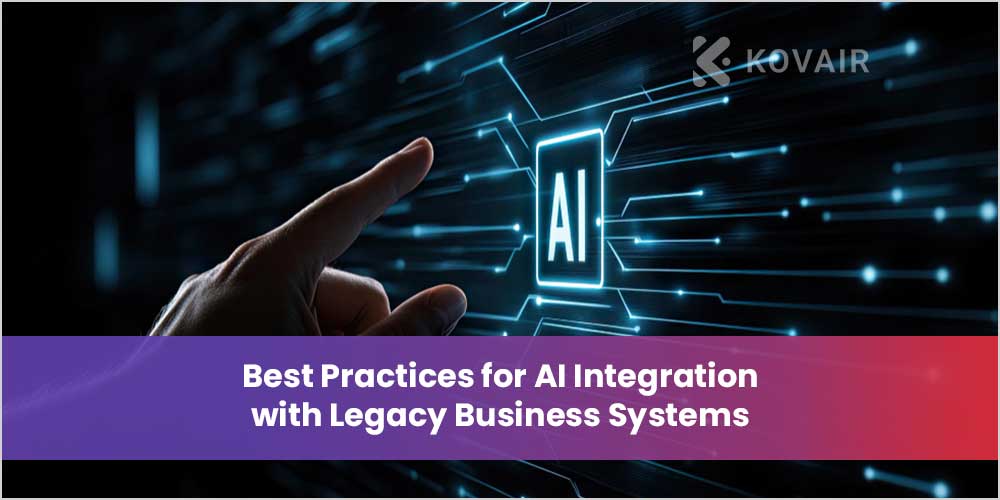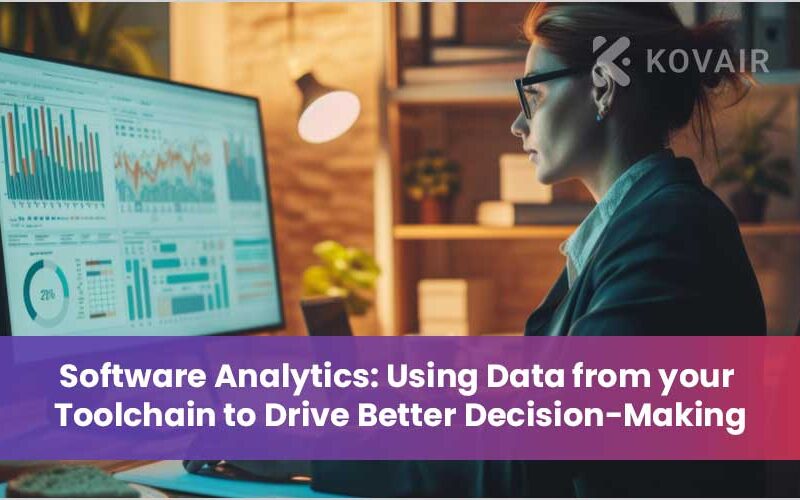
Legacy systems are the outdated versions of solutions that were once the latest, but with time, lost their value with negligible updates and additions of new features. While they are often functional, the systems are also expected to be slow and tedious. While a task that nowadays takes five minutes with AI, in legacy systems, it can take hours.
That being said, it is thought to update it with legacy software modernization services, which modernize the solutions with intelligent technology and tools for ensuring efficiency. While you may wonder why you should get this done, we have two reasons to offer. First, the productivity within the team lags behind because of an inefficient business model. And secondly, such systems with vulnerabilities and anomalies happen to become a threat factor towards cyberattacks.
Keeping these two factors in mind, bringing AI into the legacy system seems like a strategy with a solution to both. The AI integration services welcome system efficacy for automated workflow, and also a security-packed solution that detects the risk and mitigates it with the assistance of AI.
Since the enterprises are making decisions in order to adopt AI into their legacy system, the question that arises is in the context of the best practices. What are they? Which one to select? And how to implement them? For that, here we go with the bifurcation that can assist you in making better decisions and bring forth a version of a modernized system that your team might not have witnessed yet.
Common Practices of AI Integration With Legacy Application Modernization Services
To welcome a modernized version of your legacy software, it is always preferred to go ahead with software modernization solutions with a service provider. They have an industry-wide understanding of best practices to implement that can ensure the introduction of AI in the legacy game.
Keeping that in mind, let us focus on the practices that should be your priority to look at for AI integration and transformation of legacy solutions.
1. Conduct a Legacy System Assessment
Prior to beginning with the legacy modernization, you must focus on locating the system dependencies, process bottlenecks, and compatibility issues with modern tools. This way, you can find out the core areas to focus on and later on find out how to fix them with modern technologies.
2. Priotize Data Quality and Governance
Keeping the AI-focused mindset brings us to the understanding that it is only as good as the data it processes. That being said, the legacy systems often suffer from data silos, redundancies, and inconsistent formats. Now, when such situations occur, the best way to deal with them is to ensure clean, high-quality data that brings forth reliable AI outcomes.
Establishing strong governance practices around data collection, validation, and storage will enhance the accuracy of AI-driven insights and maintain compliance with industry regulations.
3. Adopt an Incremental Integration Approach
When it comes to AI integration services for legacy modernization, rather than overhauling the entire system at once, enterprises should focus on incremental integration. This phased approach minimizes business workflow disruption, reduces security risks, and provides quick wins to stakeholders. By gradually embedding AI into specific workflows, organizations can validate results, make improvements, and expand integration more effectively.
4. Leverage Cloud and Hybrid Architectures
It is seen that the cloud and hybrid environments play an imperative role in modernizing legacy systems for AI adoption. With time and changes, they provide workflow scalability, business-focused flexibility, and cost efficiency for deploying AI models and handling large datasets. Cloud-native solutions also simplify integration with modern APIs and third-party tools, ensuring augmented functionality between old systems and AI technologies.
5. Ensure Security and Compliance
In the new times, it is seen that AI integration introduces an extensive layer of complexity and intricacy, making security and compliance more critical than ever. To think about it, the legacy systems often lack modern security controls. In that case, embedding AI must be accompanied by robust encryption, identity management, and compliance with regulations such as HIPAA, GDPR, and PCI-DSS. This way, AI can enhance system security by continuously monitoring threats and preventing breaches.
6. Invest in Middleware and Integration Tools
With modern technologies like AI, ML, and IoT, it is seen that middleware solutions and third-party API management platforms act as bridges between legacy systems and AI models. Keeping this in mind, these tools augment integration, reduce system compatibility issues, and improve data flow across applications. By leveraging middleware, enterprises can accelerate AI adoption without fully dismantling existing infrastructure.
All in All
As we wind up the bifurcation on the AI integration with legacy systems, the conceptualization and implementation are no longer a preference but a necessity for enterprises. By following the industry-focused best practices, ranging from system assessment and data governance to adopting cloud architectures and upskilling employees, enterprises can successfully modernize their outdated systems.



